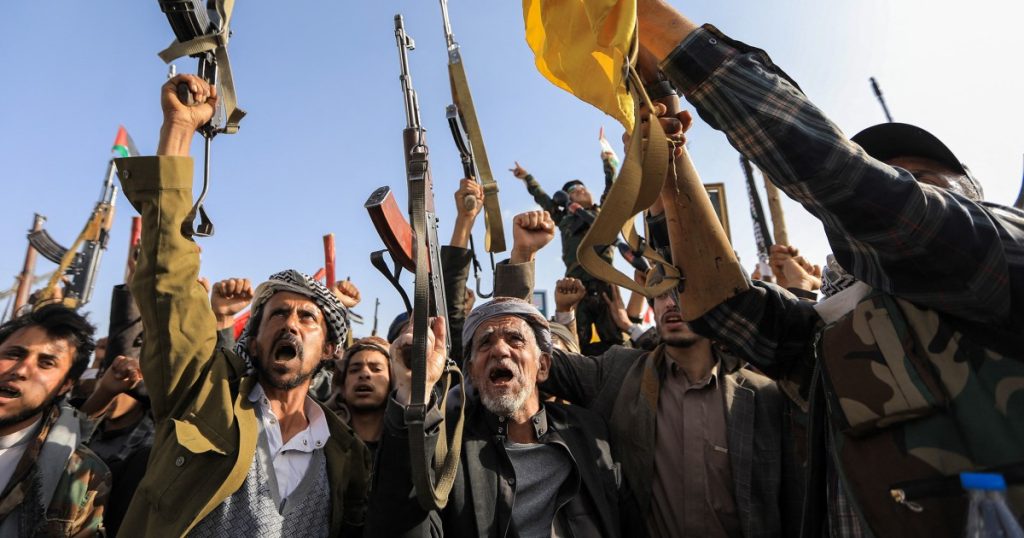On Wednesday, Defense Secretary Lloyd Austin announced that U.S. B-2 bombers and other aircraft had struck five underground Houthi weapons storage locations in parts of Yemen controlled by the Iranian-backed rebel group. These facilities were said to be hardened and contained various weapons components that the Houthis have used to target civilian and military vessels in the region. The strikes marked the first time the U.S. had used B-2 stealth bombers against the Houthis in Yemen, demonstrating the U.S.’s ability to target facilities that adversaries seek to protect, regardless of how deeply buried underground or fortified they may be.
The Houthi rebels have been responsible for attacking civilian vessels in the Red Sea and the Gulf of Aden, with suspected involvement in an attack in August. In response to the war in Gaza, the Houthis have engaged in launching missiles, drones, and other attacks against shipping vessels. They have also declared their support for Hamas, a terrorist group. The annual flow of goods worth $1 trillion passes through the Red Sea, leading some shippers to suspend service in the region following the attacks by the Houthis.
The U.S. conducted its first airstrikes against Houthi weapons in January, in response to the rebel group’s attacks on commercial shipping. Defense Secretary Austin stated that he authorized the recent strikes at the direction of President Biden, with the goal of degrading the Houthis’ capability to engage in destabilizing behavior and to protect and defend U.S. forces and personnel in one of the world’s most critical waterways. The strikes are part of ongoing efforts to deter the Houthis from continuing their aggressive actions in the region.
The use of B-2 bombers in these strikes highlights the U.S.’s advanced military capabilities and ability to target remote and fortified enemy locations. By conducting airstrikes against the Houthis in Yemen, the U.S. aims to disrupt the rebel group’s weapons supply and weaken their ability to carry out attacks on civilian and military targets. The strikes demonstrate the U.S.’s commitment to defending its interests and allies in the region, as well as its stance against Iran-backed militias that threaten stability and security in strategic waterways like the Red Sea.
The escalating conflict between the Houthis and the U.S. underscores the complex geopolitical dynamics at play in Yemen and the broader Middle East region. The involvement of Iran-backed militias in the conflict has raised concerns about Iran’s influence and intentions in the region, as well as the potential for further destabilization. By targeting Houthi weapons storage locations, the U.S. is seeking to contain the rebel group’s aggression and prevent further attacks on commercial shipping and regional security. The strikes reflect the ongoing efforts to address security threats in the region and protect vital maritime routes for global trade.
As the situation in Yemen continues to evolve, the U.S. remains vigilant in monitoring and responding to threats posed by the Houthi rebels and other hostile groups in the region. The recent airstrikes underscore the U.S.’s commitment to safeguarding its interests in critical waterways and upholding international norms of maritime security. By taking decisive action against the Houthis, the U.S. aims to deter further provocations and protect the safety of civilian and military vessels operating in the Red Sea and Gulf of Aden. The strikes serve as a warning to the Houthis and their supporters that the U.S. will not hesitate to defend its allies and partners in the face of aggression and threats to regional stability.


